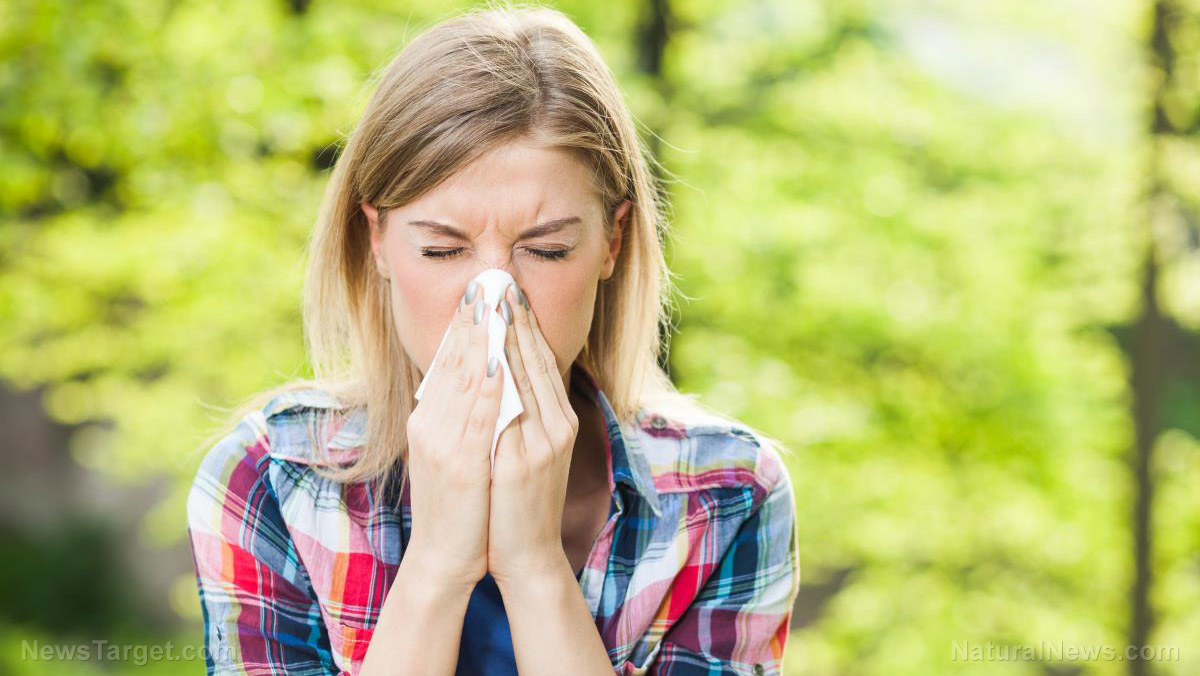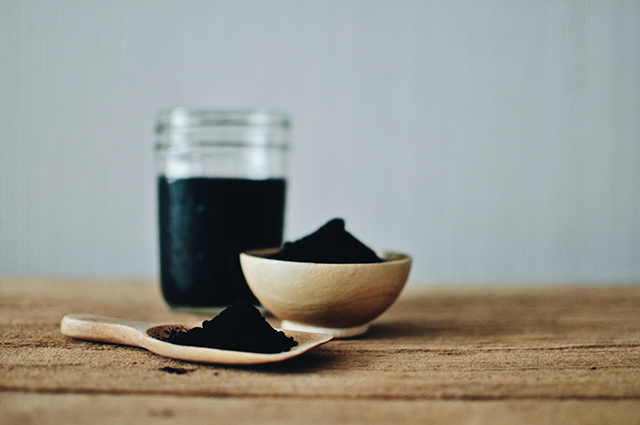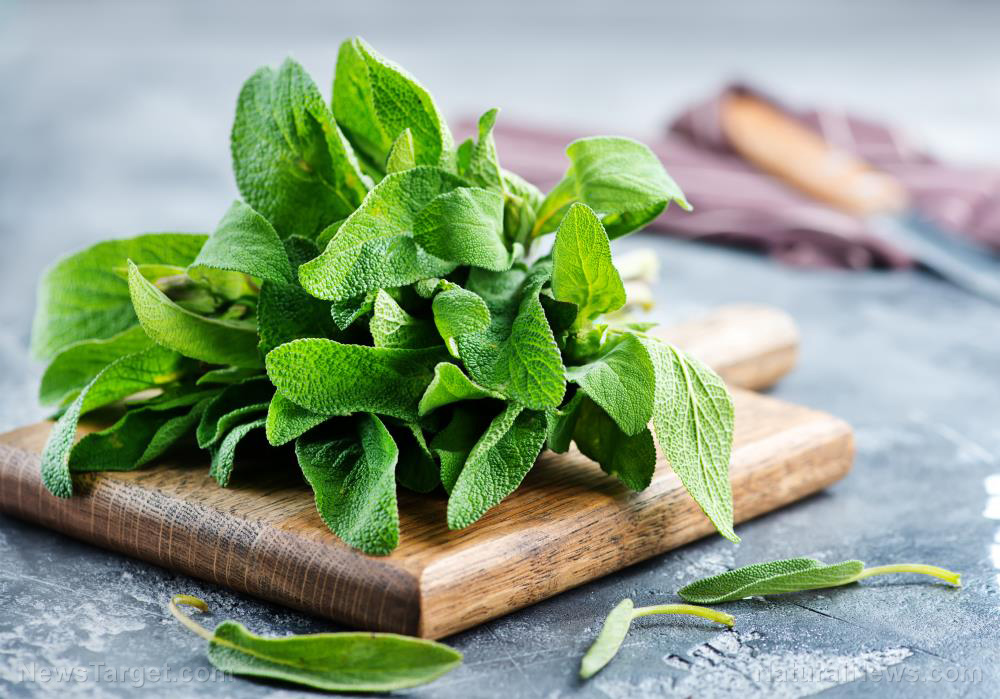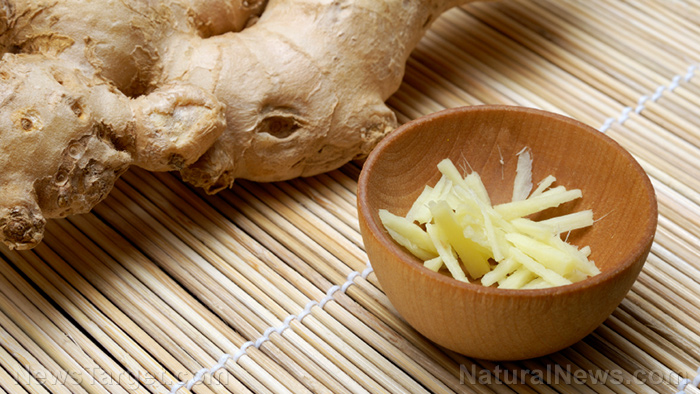Natural healing: How to treat fungal infections
10/27/2022 / By Zoey Sky
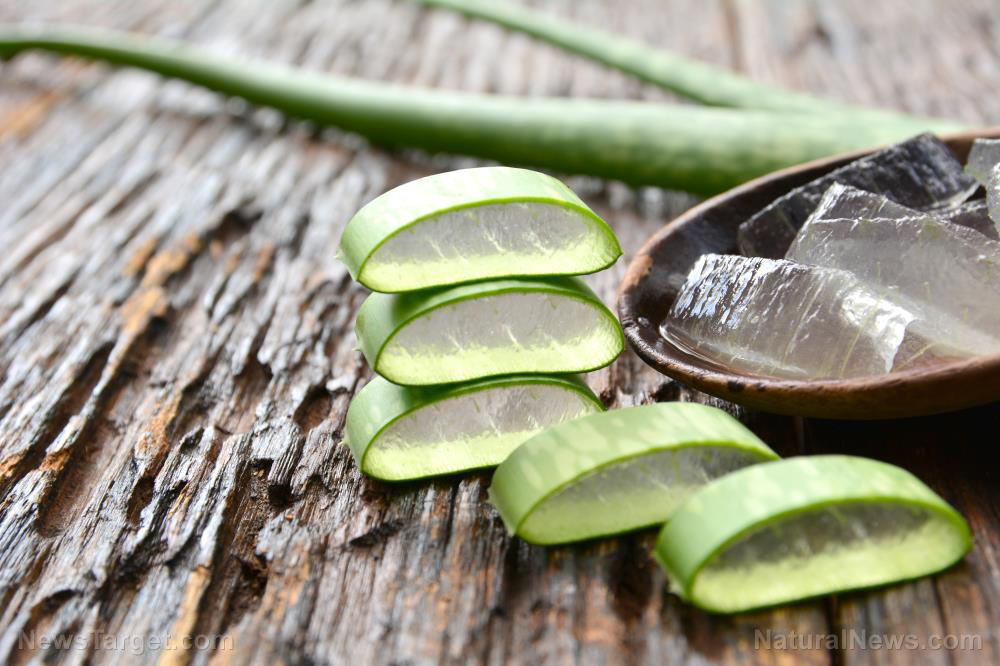
If you have chronic sinus infections, digestive issues or respiratory infections, you may be suffering due to an overgrowth of Candida – the most prevalent fungal infection.
There are four types of infections: bacterial, viral, parasitic and fungal. In most cases, people assume that a bronchial infection is bacterial and they take ineffective antibiotics that kill off more of the beneficial bacteria in their gut and allow Candida to thrive.
If you are looking for natural ways to treat different fungal infections, read on to learn how to treat them with remedies aloe vera and essential oils.
Herbs and supplements that can help eliminate Candida and other fungal infections
Normally, the good bacteria in your body keep Candida levels under control. But if healthy bacteria levels are disrupted or your immune system is compromised, Candida can start to overproduce.
Here are some factors that can cause Candida overgrowth:
- Diabetes
- Eating food with too much sugar and refined carbs
- High alcohol intake
- High-stress levels
- Taking antibiotics
- Taking oral contraceptives
- A weakened immune system
When Candida begins to overproduce, it can cause health problems and cause many negative symptoms. To eliminate the overgrowth of any fungus, you need to stop feeding it.
Start by limiting your sugar intake, such as eliminating all forms of sugar like simple carbohydrates and alcohol that your body turns into sugar.
Yeast in foods may also feed a fungal infection. When you are dealing with an overgrowth of systemic yeast or a localized infection, avoid any foods with yeast like leavened breads.
Stop eating trigger foods that you think are causing an allergic response. If your immune system is engaged in battling other problems, it won’t be working at optimal level to fight the fungi you are trying to eliminate.
Aloe vera
Aloe vera helps lower pH levels that create an inhospitable environment for Candida. It also helps detoxify your liver.
Your liver filters the byproducts of Candida and deals with toxins from the die-off process as the fungus is destroyed. Drink aloe vera juice daily, but consume no more than 1/4 cup per day.
Clove oil
Clove oil is a powerful antifungal that also boosts your immune system. Add 15 to 30 drops of clove oil in water, then drink the mixture three times daily.
Coconut oil
Coconut oil is a strong antifungal with many beneficial properties. Take one tablespoon of coconut oil once or twice a day.
You can take coconut oil plain, but if you have trouble swallowing it as is, add it to a morning smoothie or cook with it.
Colloidal silver
Take one teaspoon of colloidal silver up to three times a day, but do not take it long-term.
Diatomaceous earth
Diatomaceous earth (DE) is silica (silicon dioxide), a very hard substance from the shells of diatoms or very small single-celled plants. DE provides a needed nutrient and there are amazing claims of restored health and vitality linked to this remedy. Take one teaspoon of DE every morning and night.
You can add it to water or any liquid to make it easier to drink, but DE tends to settle. DE suspends well in smoothies.
DE will help to quickly remove Candida from your intestinal walls and out of your body.
Diet
While you must eliminate some of the foods that you will normally eat on a healthy diet, the basis of a healthy diet while treating a fungal infection is basically the same.
Your diet should consist of 80 percent fresh, raw, organic produce, but try to eat more vegetables than fruit. Choose a wide variety of nutritious foods.
If you eat meat, choose organic meat. Avoid processed foods and any foods with artificial flavorings, colorings, MSG, preservatives or trans fats. Avoid all GMOs, which is easier if you buy mostly organic.
A prebiotic diet for fungal infections includes raw produce high in fiber, which is essential for gut health. Dietary fiber helps move toxins through your bowels and provides the perfect environment for “good” bacteria to thrive.
Fermented foods like kefir, kimchi, kombucha and sauerkraut provide the healthy bacteria needed in your gut that will help crowd out Candida.
Eat foods that kill fungi like citrus fruits, green apples, ginger, leeks, onions and pomegranates.
Garlic
Raw garlic is a powerful antifungal that doesn’t harm “good” bacteria in your gut. It also helps get rid of “bad” bacteria while also killing 24 out of 26 strains of Candida.
Rub garlic on fungal skin infections. Alternatively, you can consume raw garlic or take soft gel capsules.
Note that garlic can thin the blood, so do not use garlic if you plan to undergo surgery or if otherwise contraindicated due to another health condition or medications.
Grapefruit seed extract
Grapefruit seed extract is effective against 100 strains of fungi and bacteria, viruses and parasites. Grapefruit seed extract works well with undecenoic acid and does not harm good bacteria.
To use the extract, add 10 drops to water and drink the mixture three times a day.
Oil of oregano
Oil of oregano is a strong antifungal and antimicrobial. Take five or more drops of oregano oil under your tongue or dilute it in water two to three times a day.
Alternatively, you can take capsules or use oregano leaves steeped to make a soothing medicinal tea.
Olive leaf
Olive leaf helps disrupt the reproductive cycle of fungi, and it can stabilize and lower blood sugars to help starve Candida.
Additionally, olive leaf is a potent antioxidant that stimulates the immune system. You can take it as a capsule, as a tonic or as tea.
Probiotics
Probiotics can help rebalance your gut with good bacteria that will crowd out and help kill Candida. Probiotic foods and supplements are recommended.
Tea tree oil
Tea tree oil can help kill bacteria, fungi and viruses. Some recommend using tea tree oil internally, like taking 15 to 30 drops in a cup of water three times daily, but others say it is best to use tea tree oil topically with carrier oil.
You can also use an alternative like lemongrass for topical fungal treatment. (Related: Essential oils for the treatment of fungal diseases.)
Undecenoic acid
Undecenoic acid is an effective broad-spectrum antiviral that is taken in capsule form. If you are dealing with skin infections, puncture a gel cap and squeeze out the liquid for topical use.
You can also add the liquid to 98 ounces of filtered water to make a douche for vaginal infections. Note that when it comes into contact with yeast, undecenoic acid will burn.
When to stop taking antifungal remedies
If you have gone at least seven days with no symptoms of die-off and no symptoms of fungal infection, start adding more fruit to your diet.
If you have no issues after another seven days of eating fruits, you can stop taking your antifungal supplements.
For the following days, continue eating fermented foods and taking probiotics. If you wish to discontinue taking vitamin C, do so gradually and don’t just stop suddenly.
Many people suffering from Candida find that it takes at least four to eight weeks or more to successfully treat it.
If you get the same symptoms after some time, repeat the protocol and keep adding probiotic foods to your diet. Follow a balanced diet, avoid trigger foods and try remedies like aloe vera or essential oils to eliminate fungal infections.
Watch the video below to learn more about eight remedies for a yeast infection.
This video is from the Natural Cures channel on Brighteon.com.
More related stories:
Active compound of “Dragon’s Blood” resin found to suppress yeast infections.
Several different essential oils scientifically confirmed to combat fungal infections.
Beat Candida and balance your gut health with these 20 anti-fungal foods.
Sources include:
Submit a correction >>
Tagged Under:
alternative medicine, Antifungal, candida, Candidiasis, essential oils, fungal infections, Herbs, home remedies, natural cures, natural medicine, Naturopathy, prevention, remedies, research
This article may contain statements that reflect the opinion of the author
RECENT NEWS & ARTICLES
COPYRIGHT © 2017 NATURAL CURES NEWS


